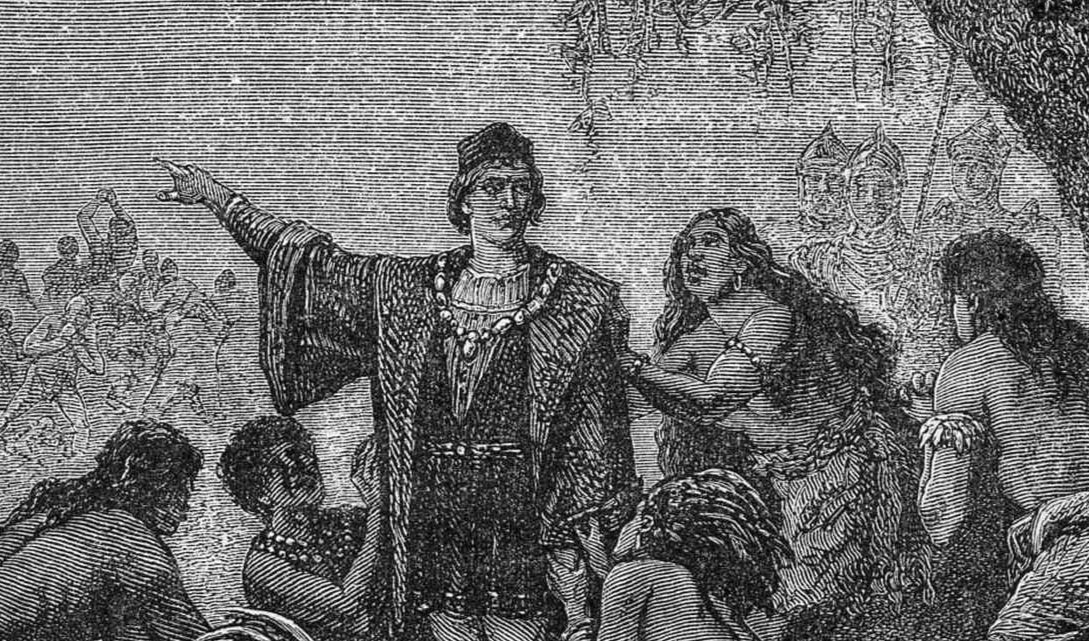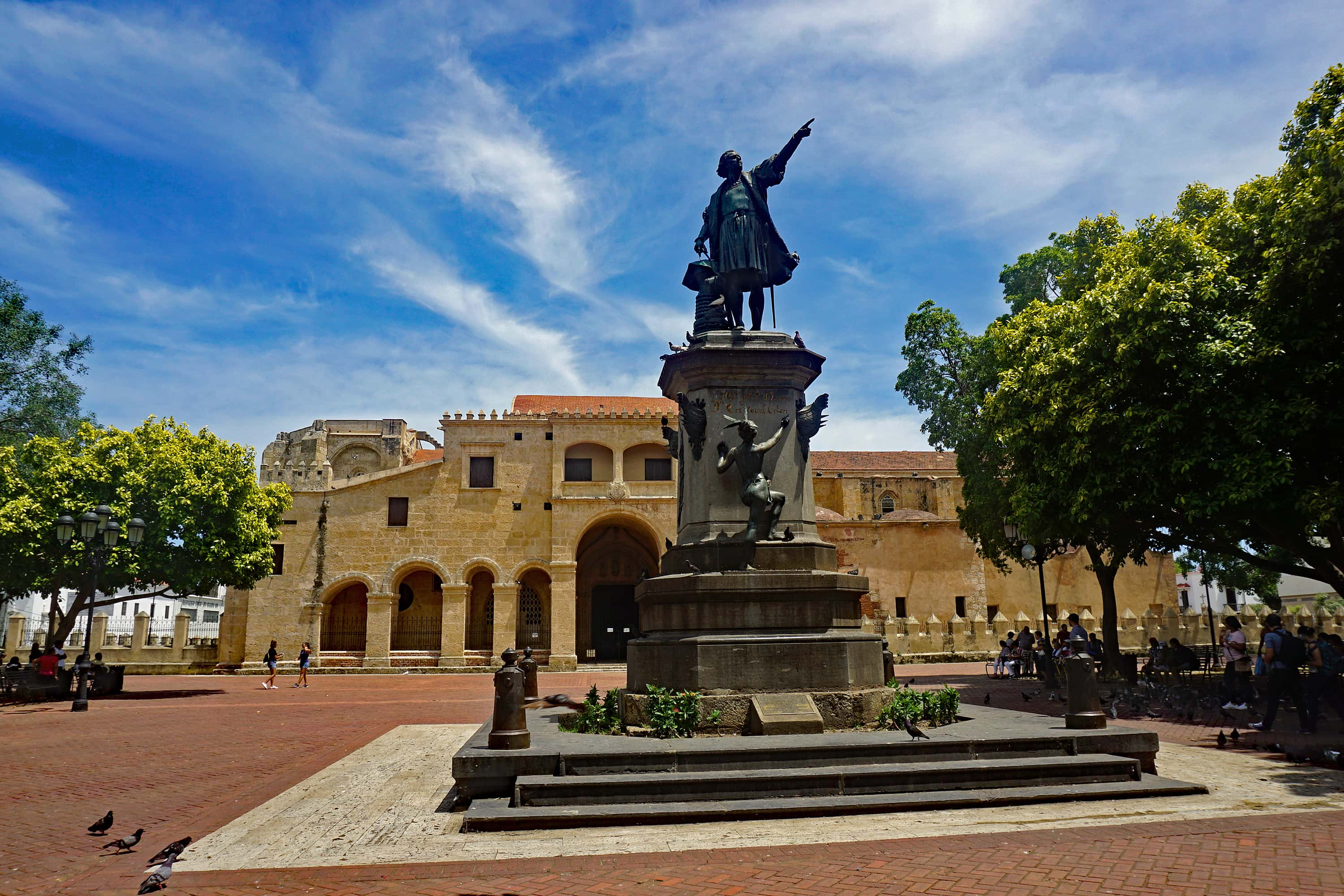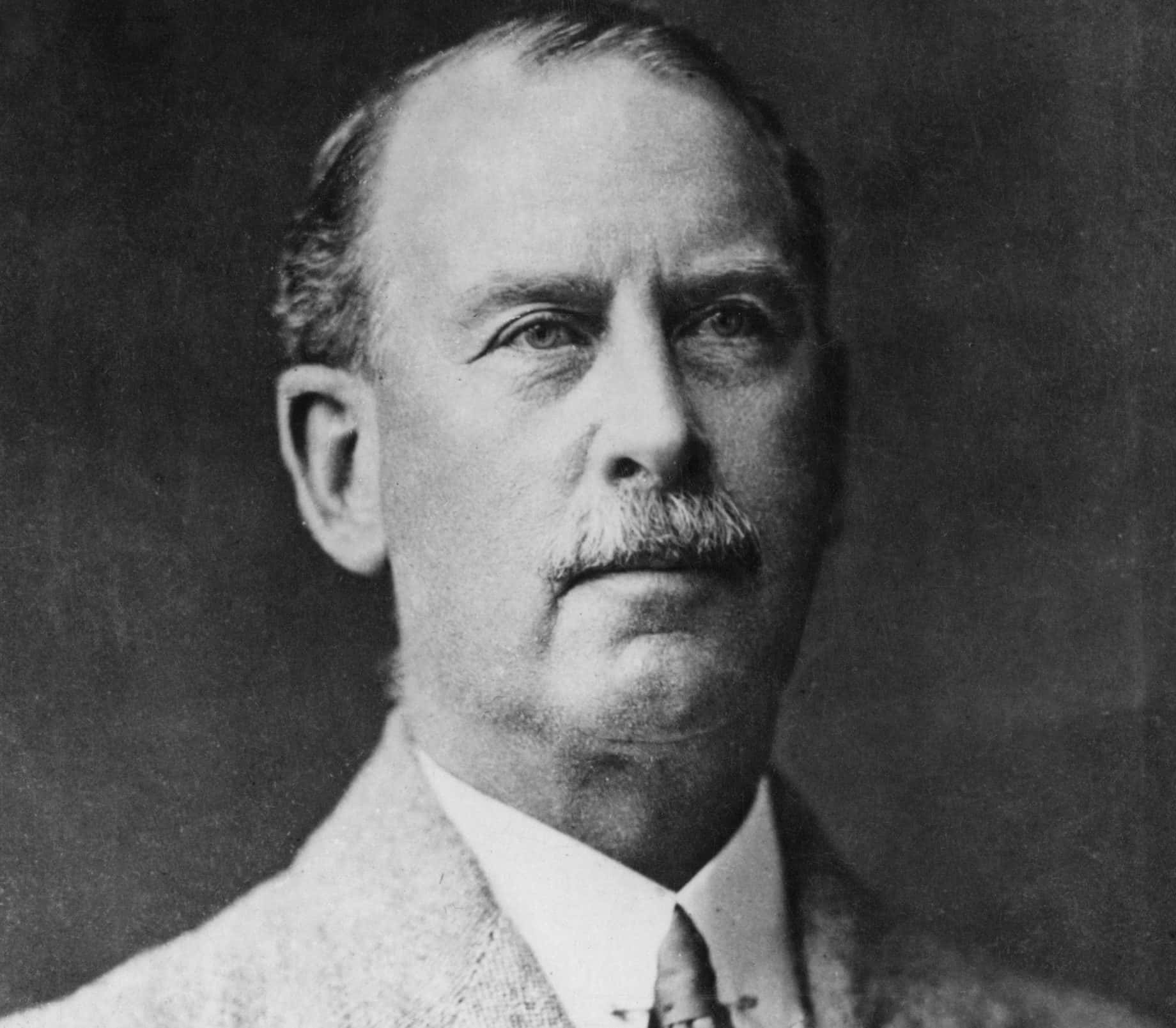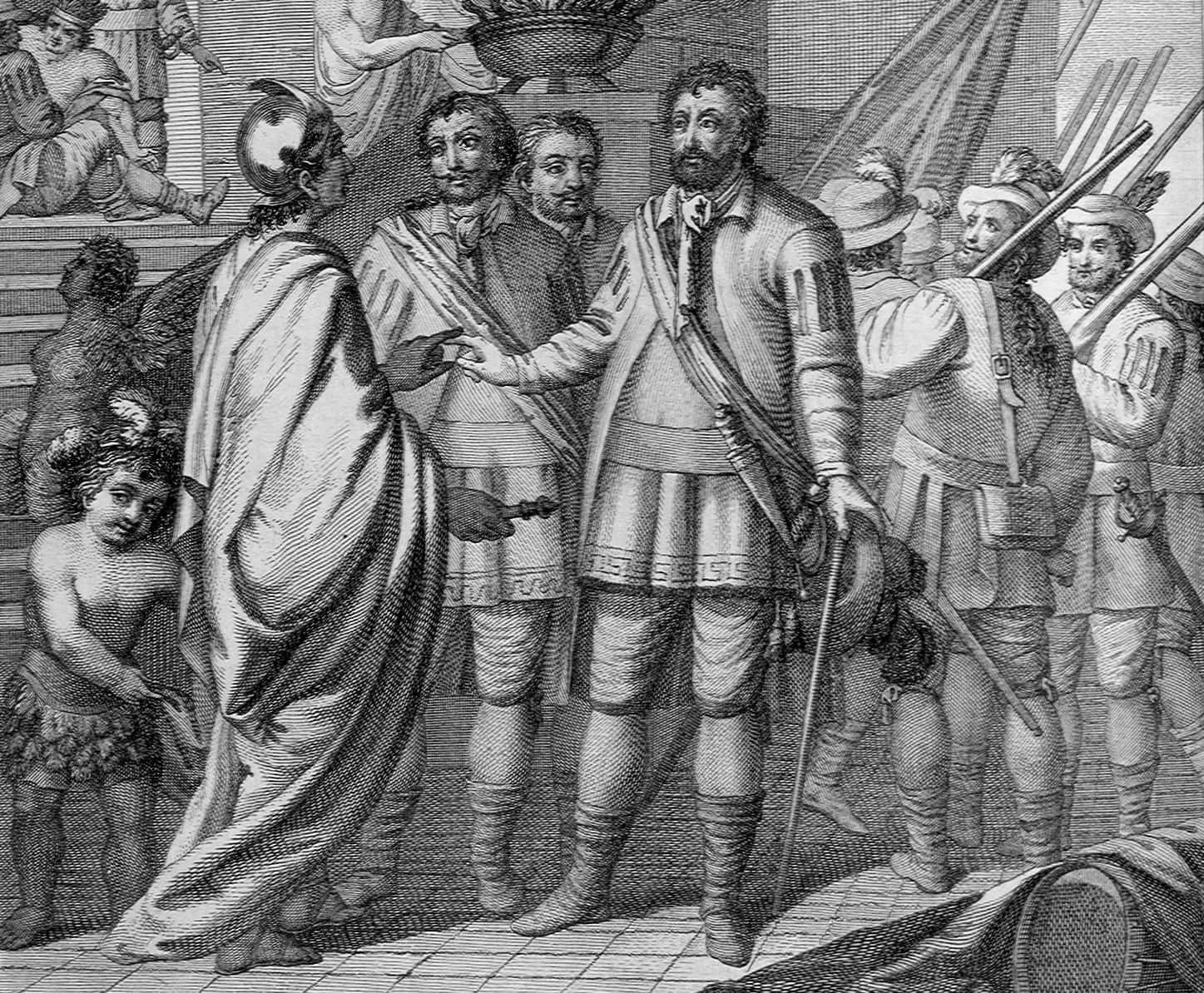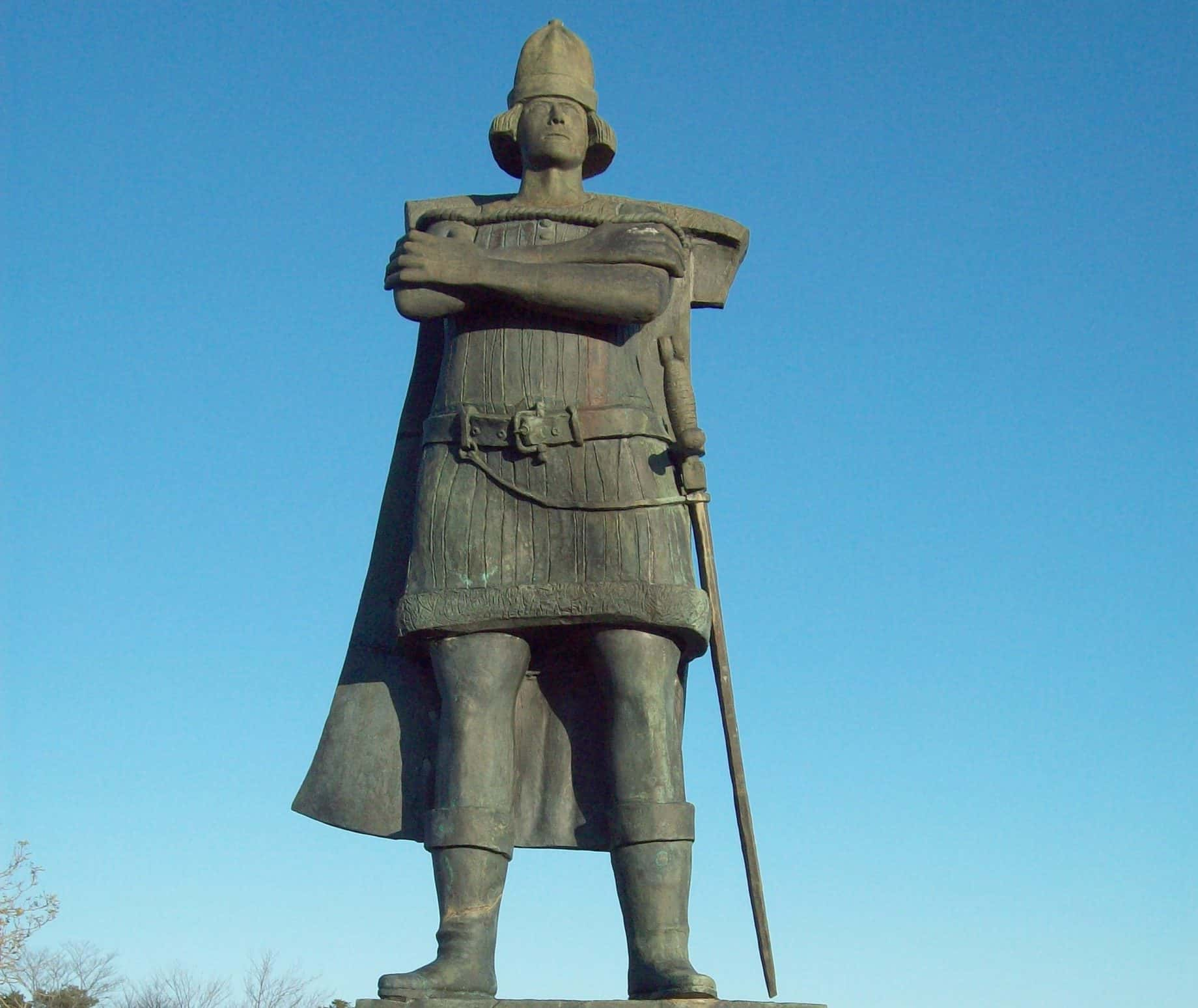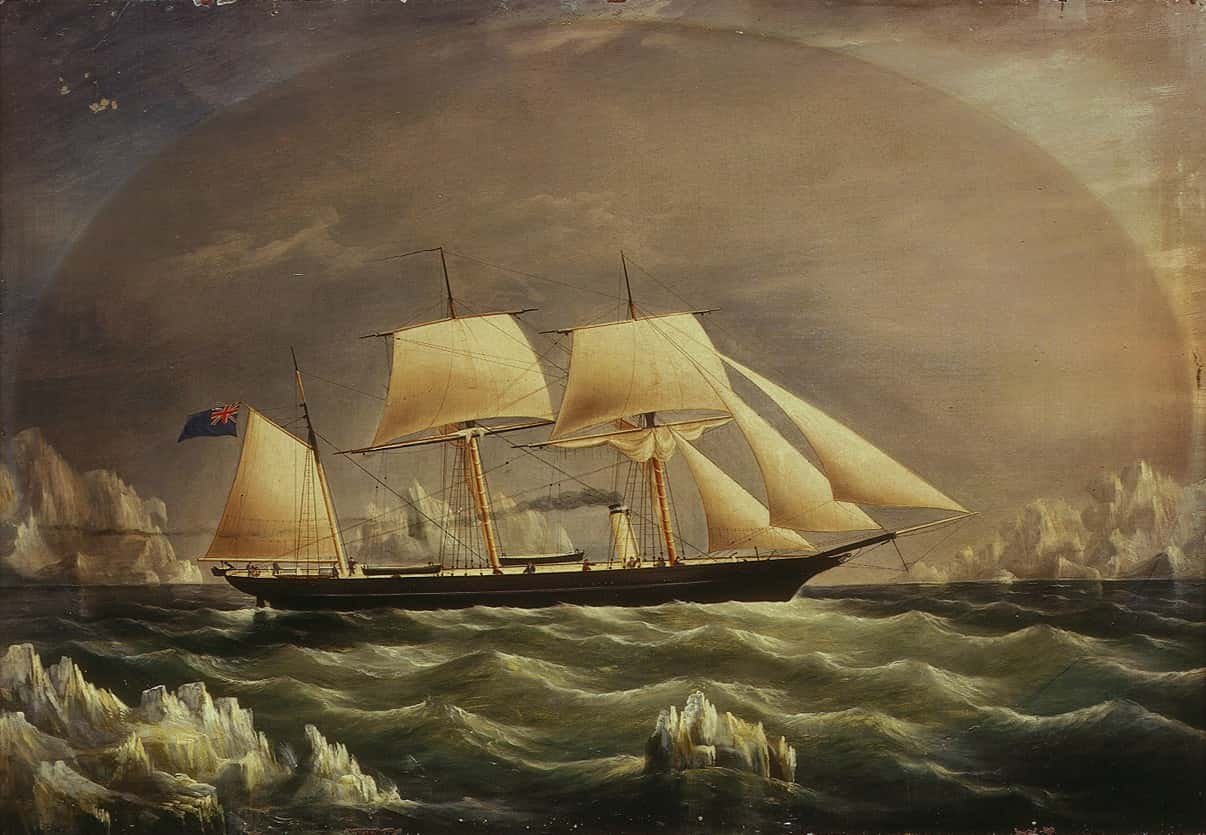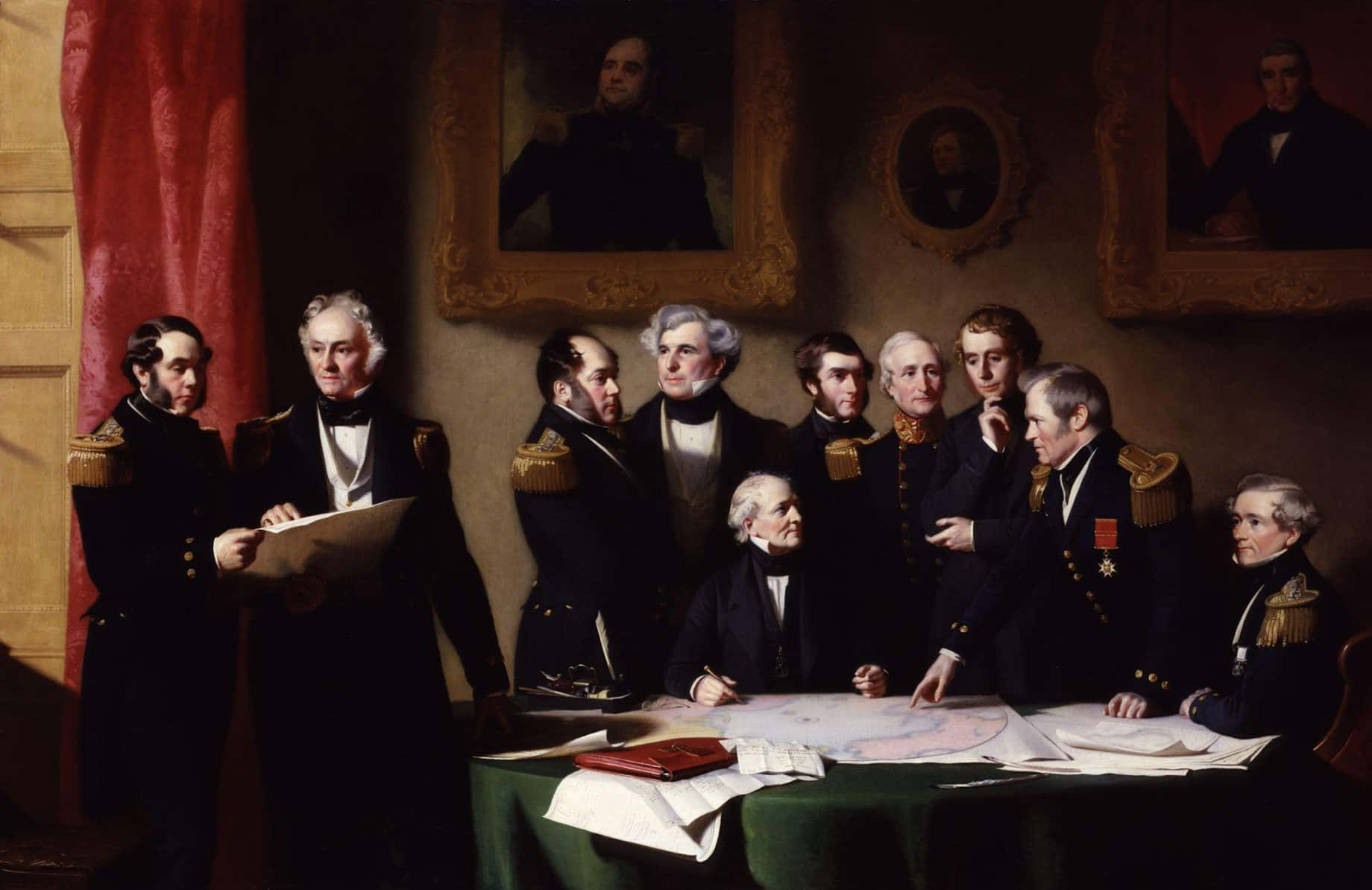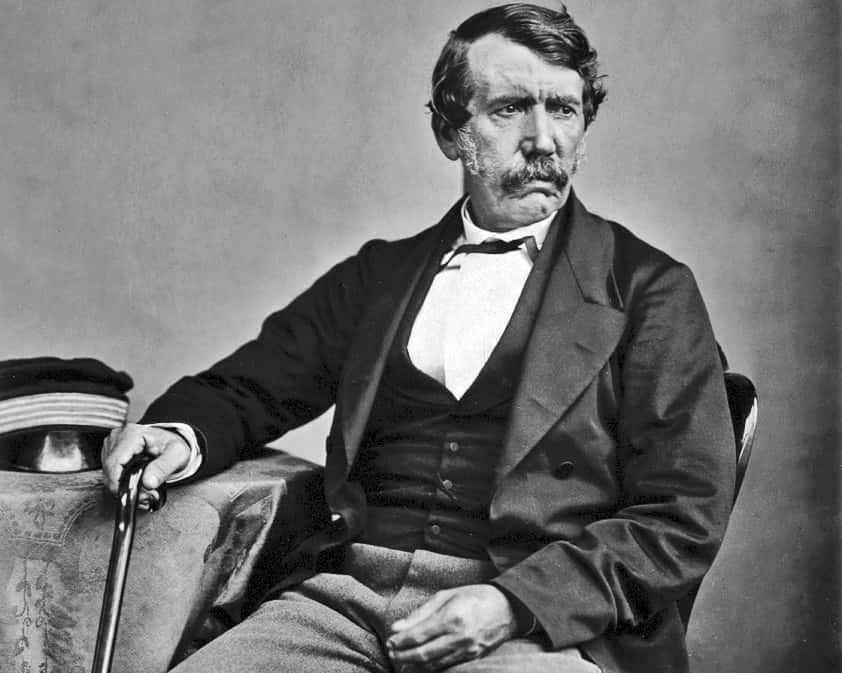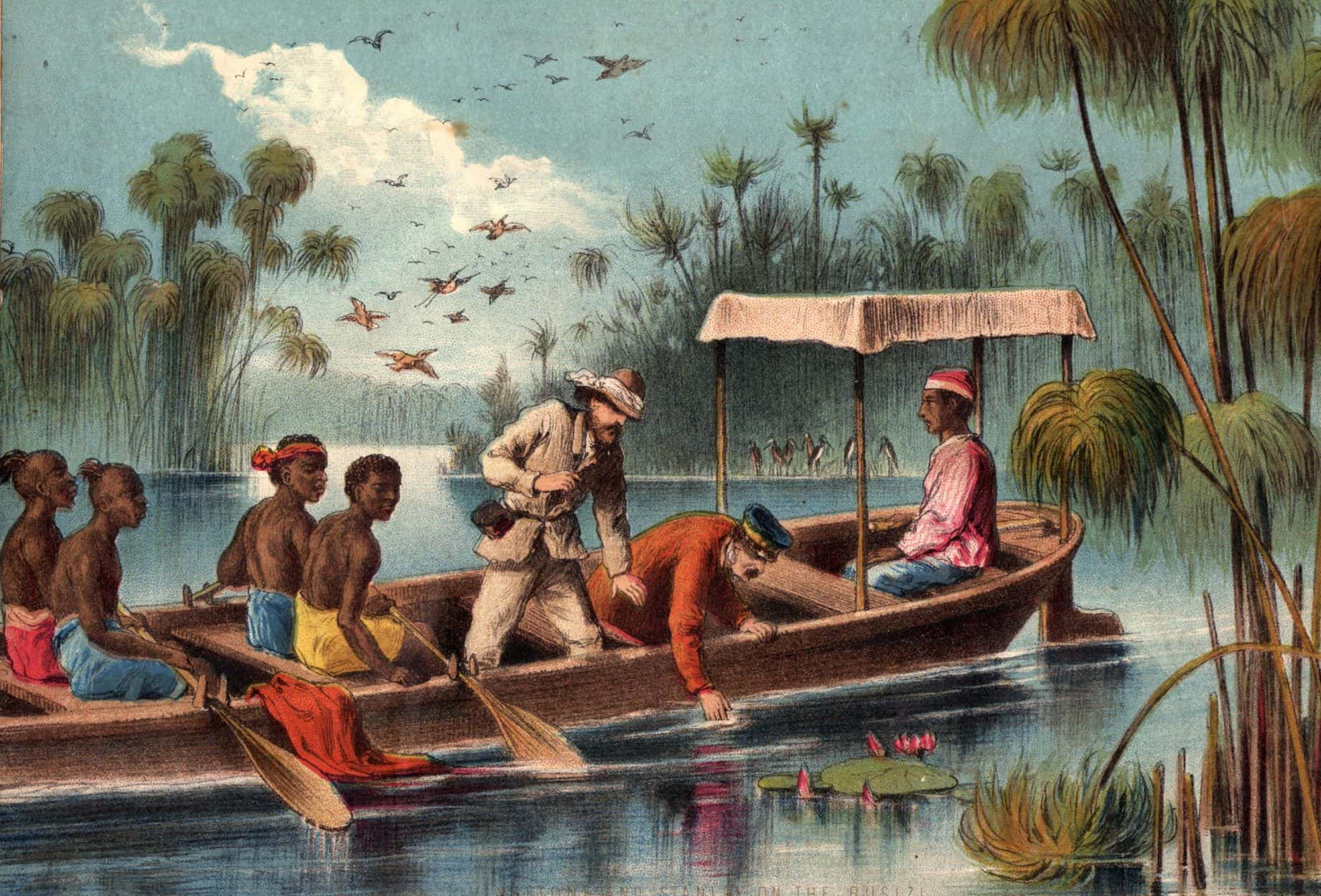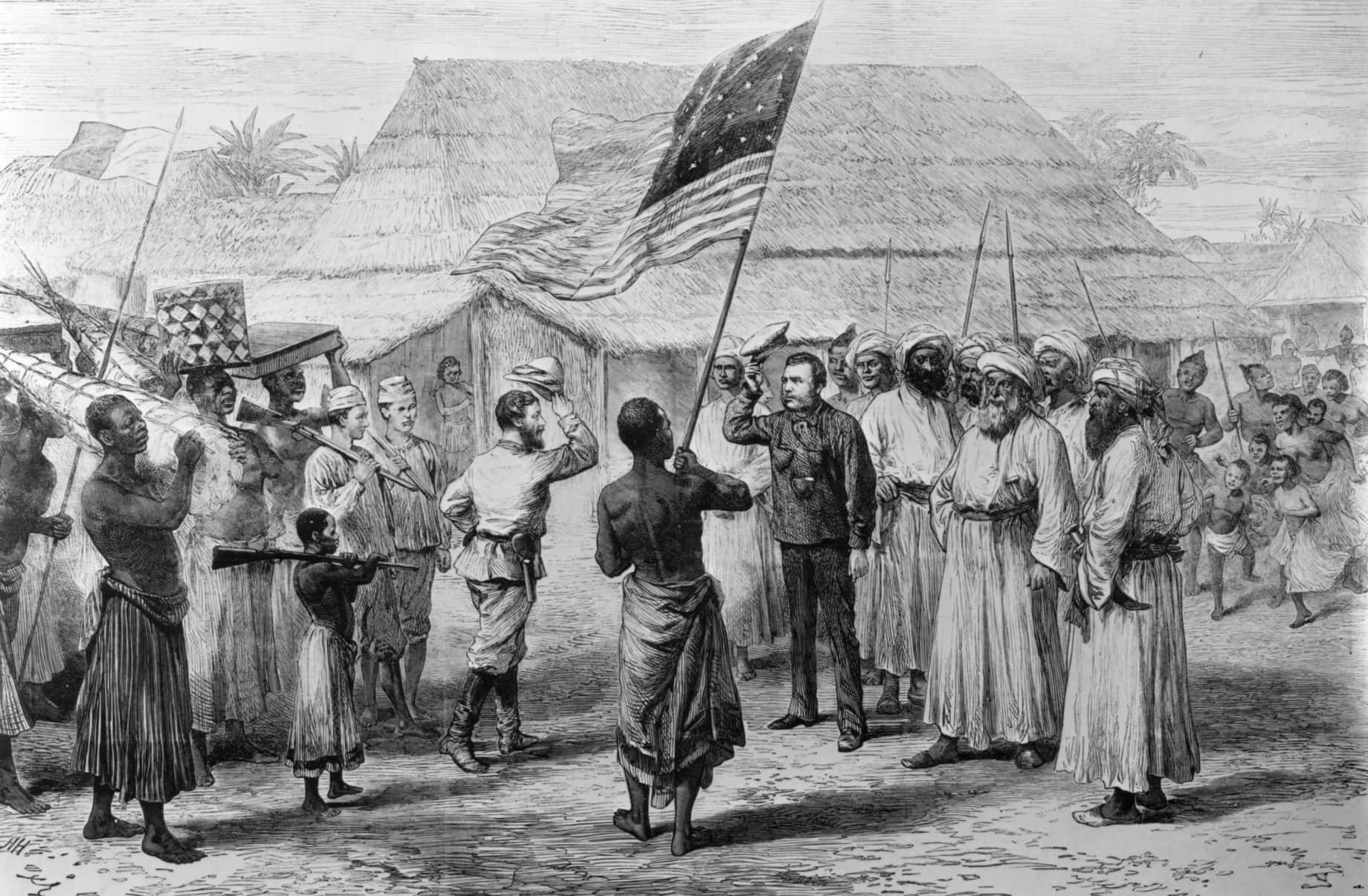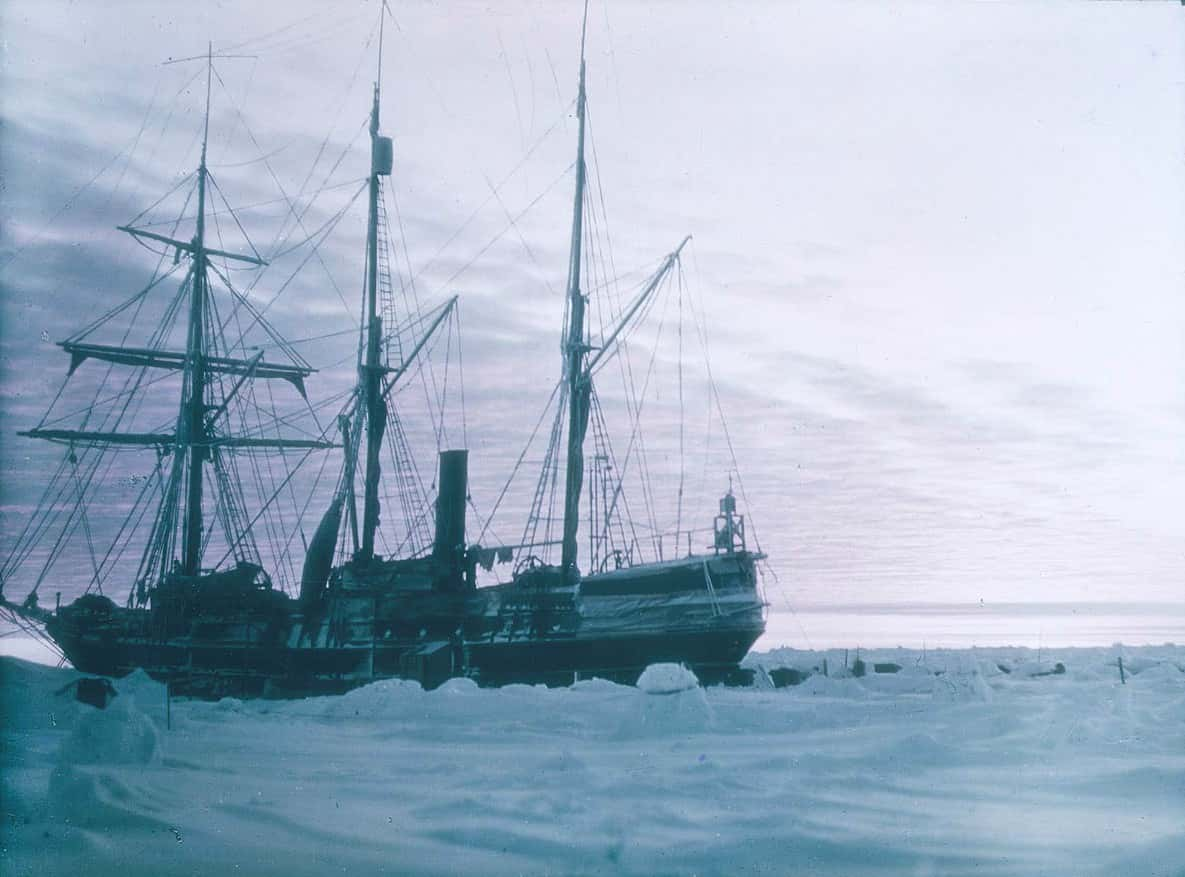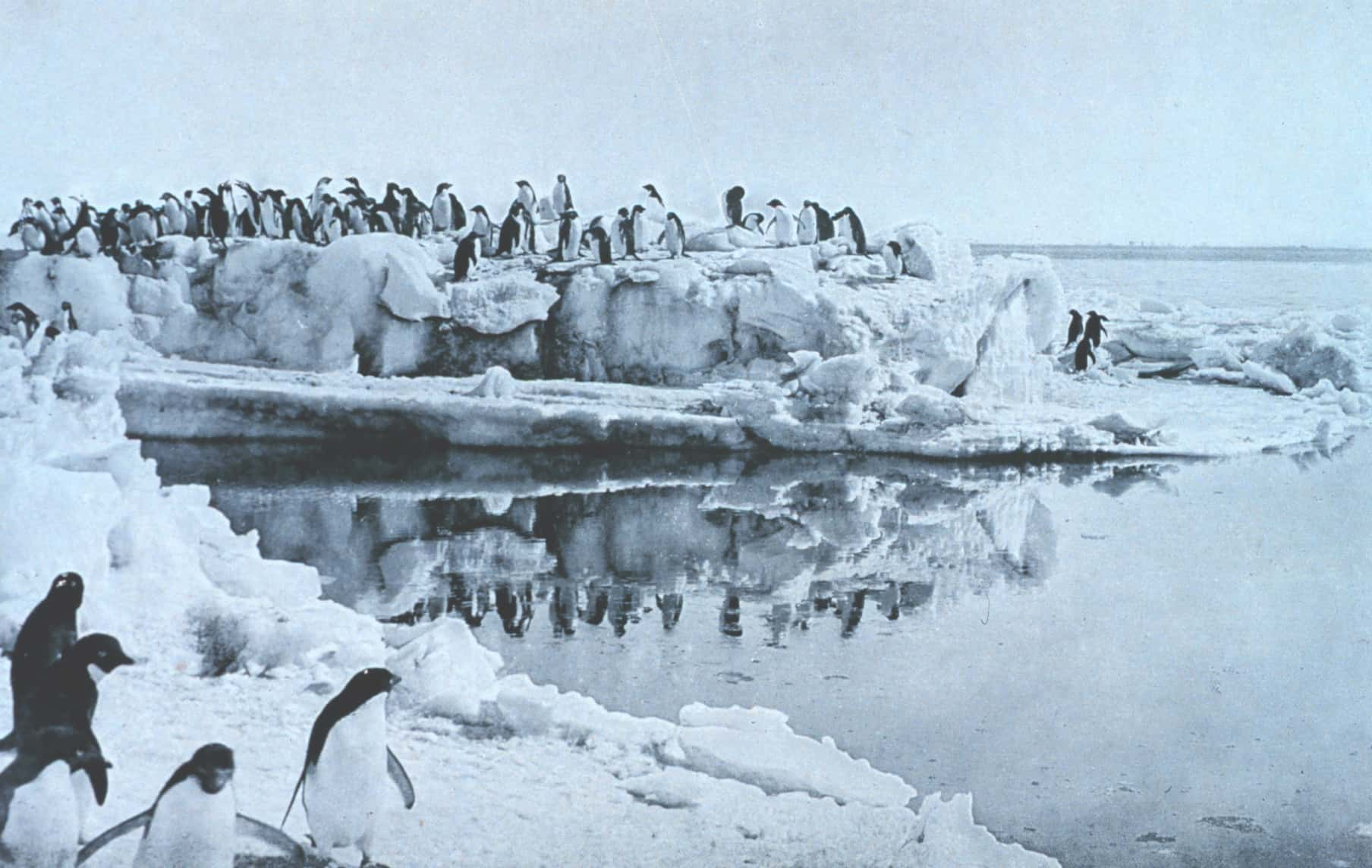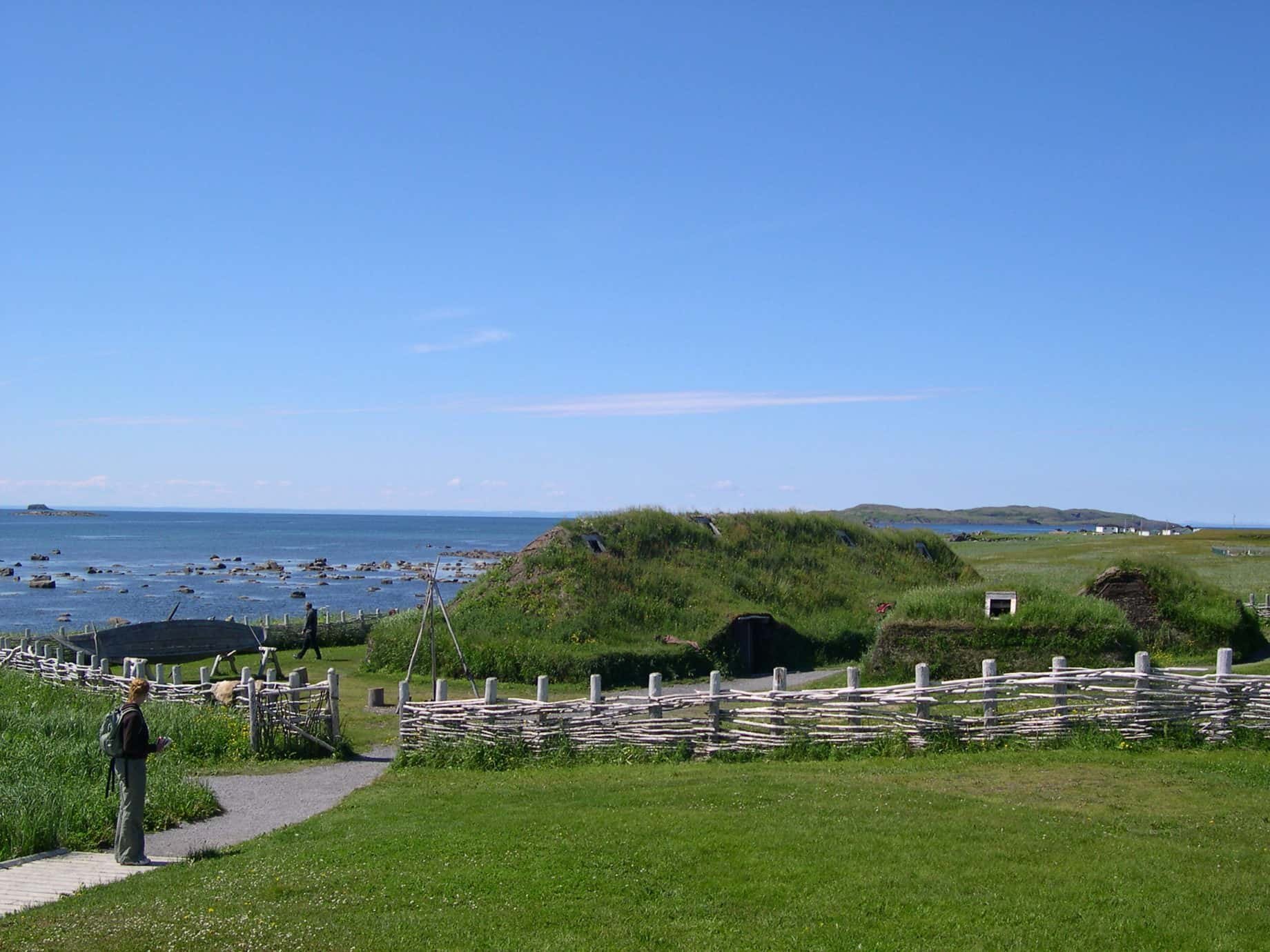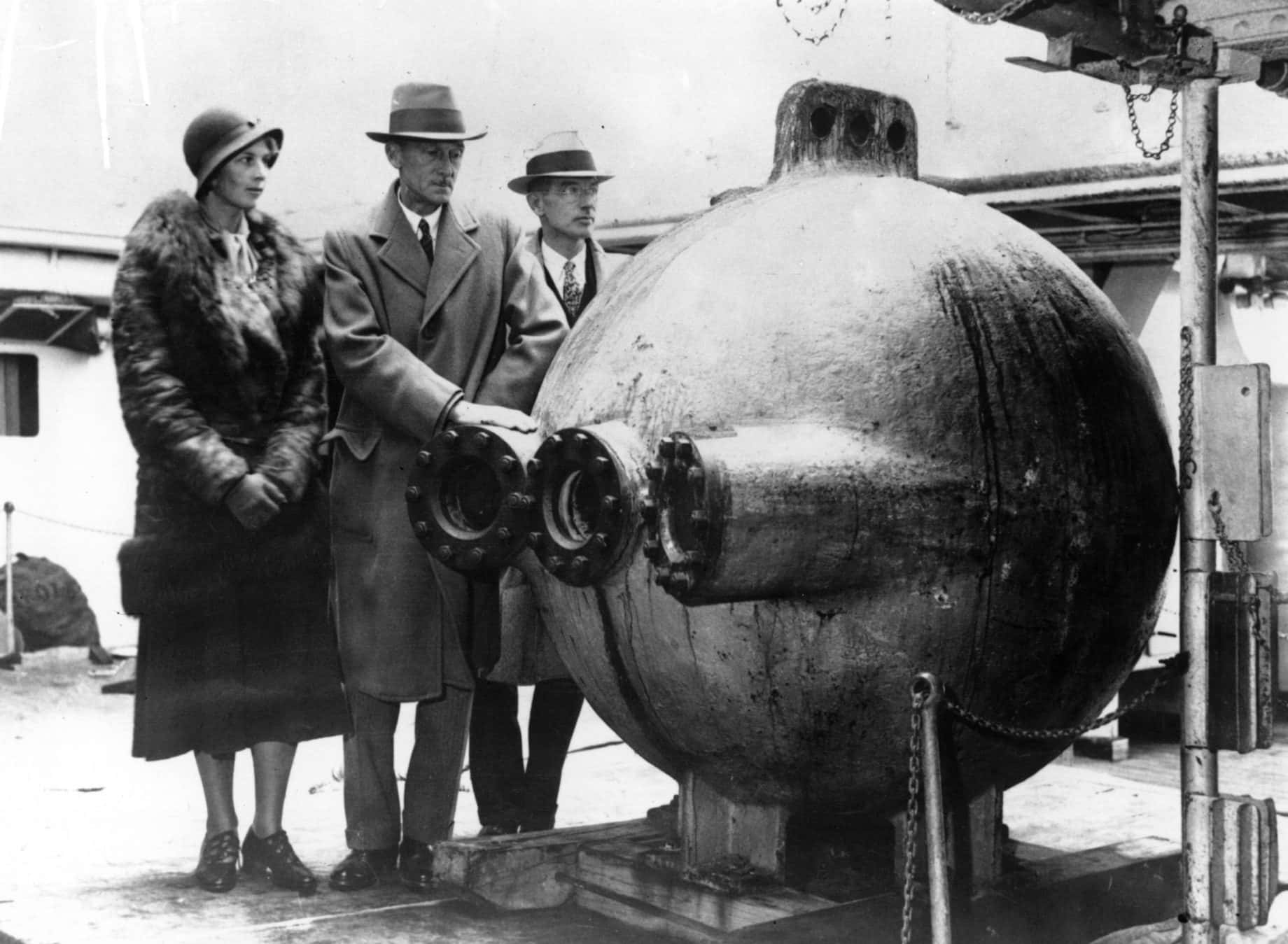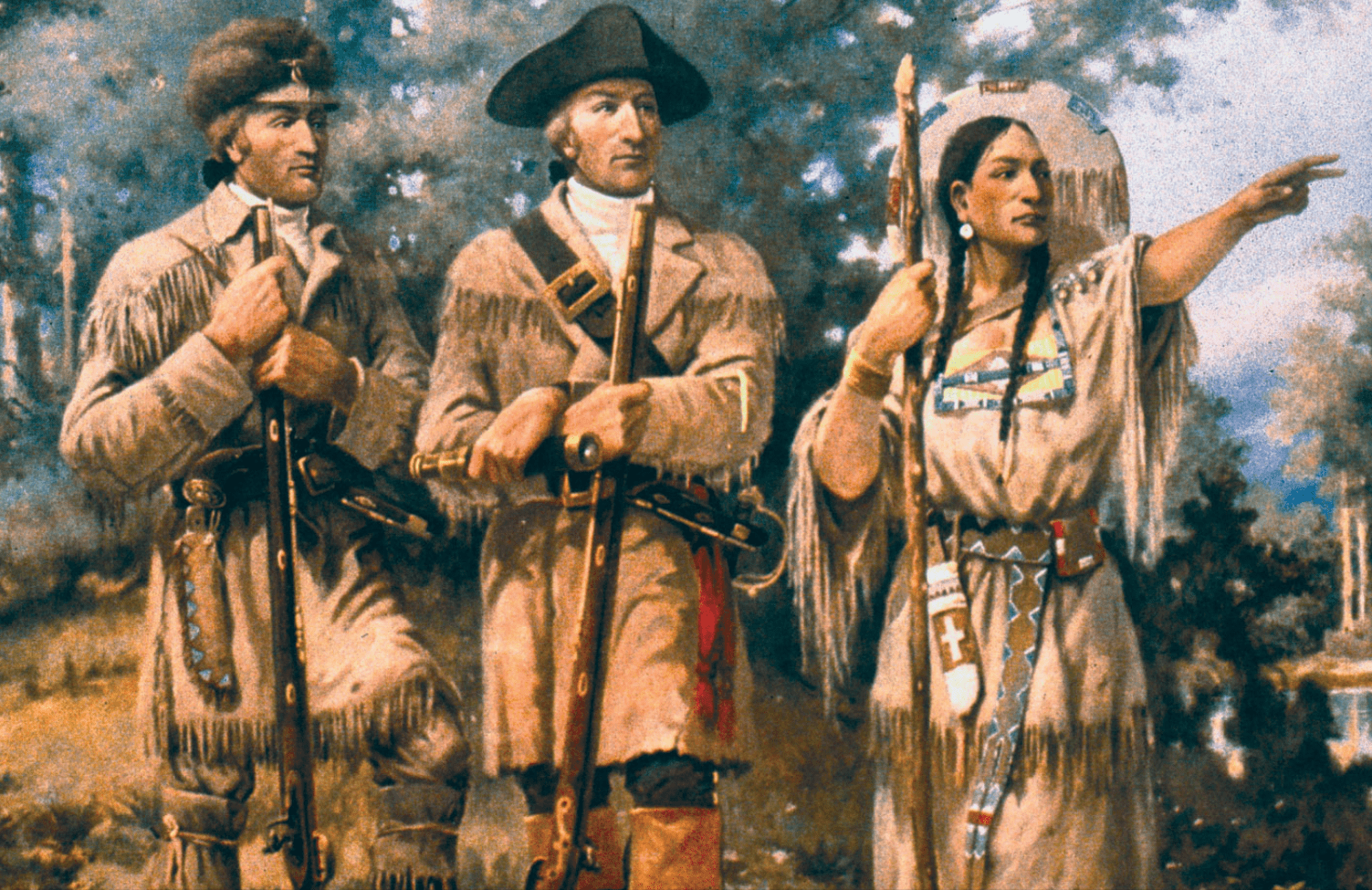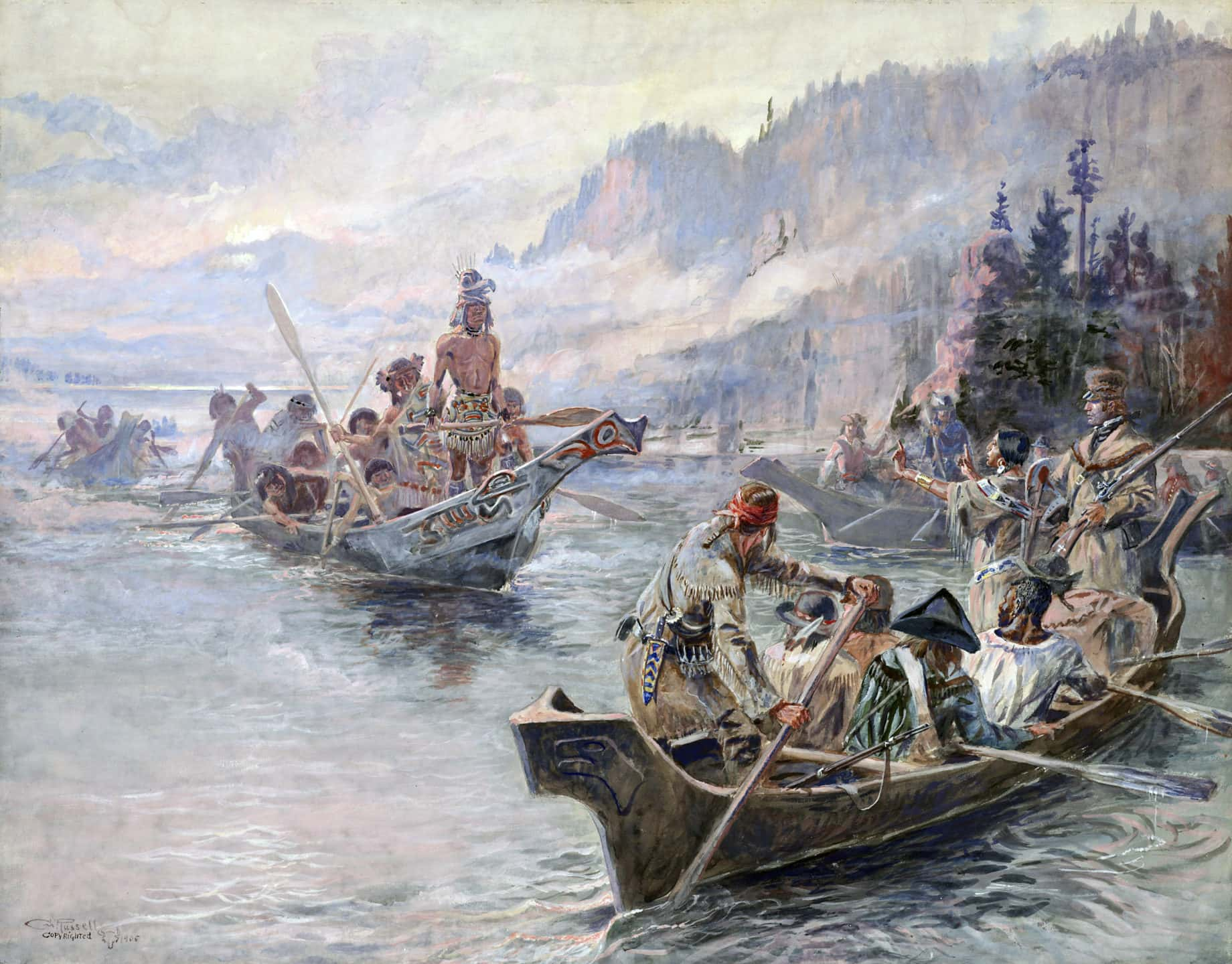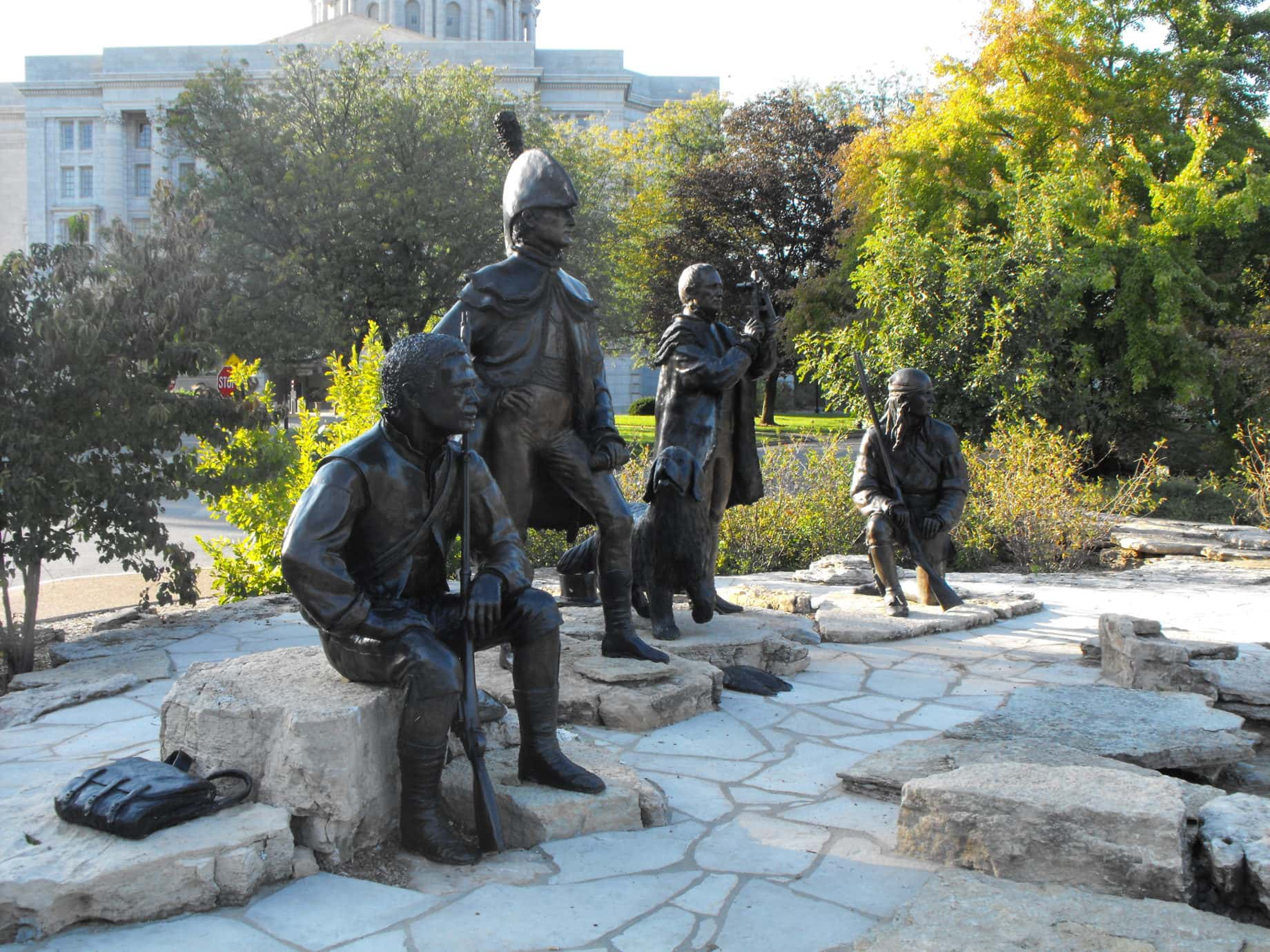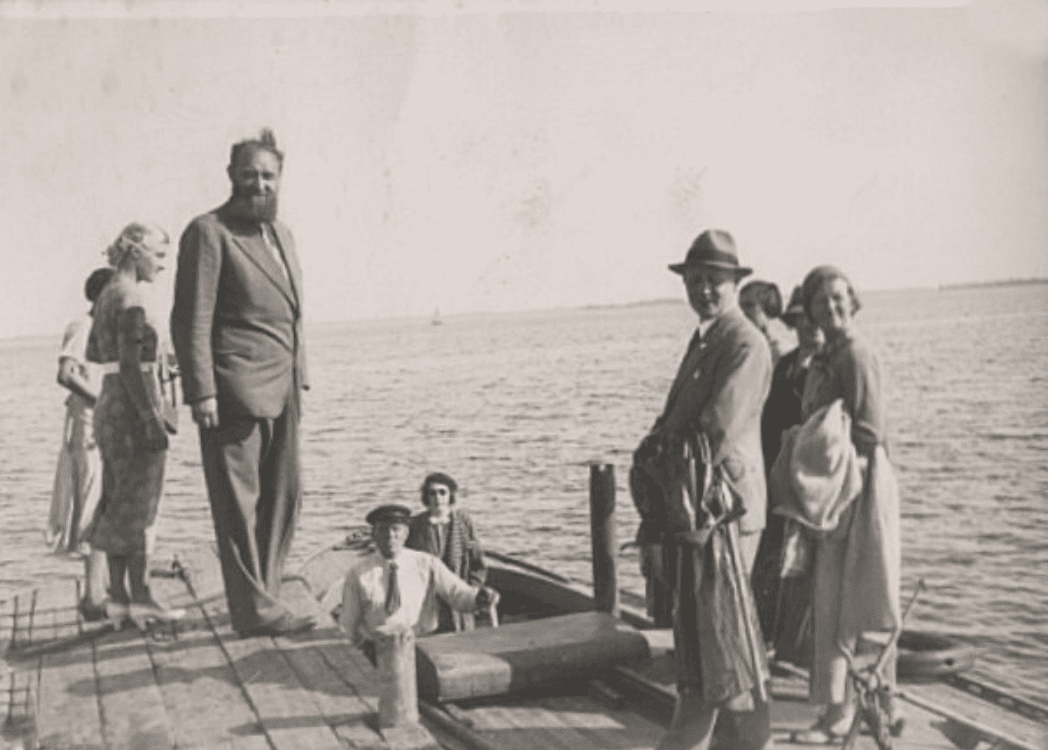Before you could simply whip your phone out and see whatever you wanted in an instant, humans had to go out on foot and explore the world around them. These are some incredible and sometimes baffling examples of their exploits.
1. Christopher Almost Didn’t Columbus
It's well known that Christopher Columbus struggled to find funding for his exploration west, but he had actually fully given up hope in the beginning of 1492, and was on his way to France when he found out his voyage was finally given the green light by monarchs Ferdinand and Isabella.
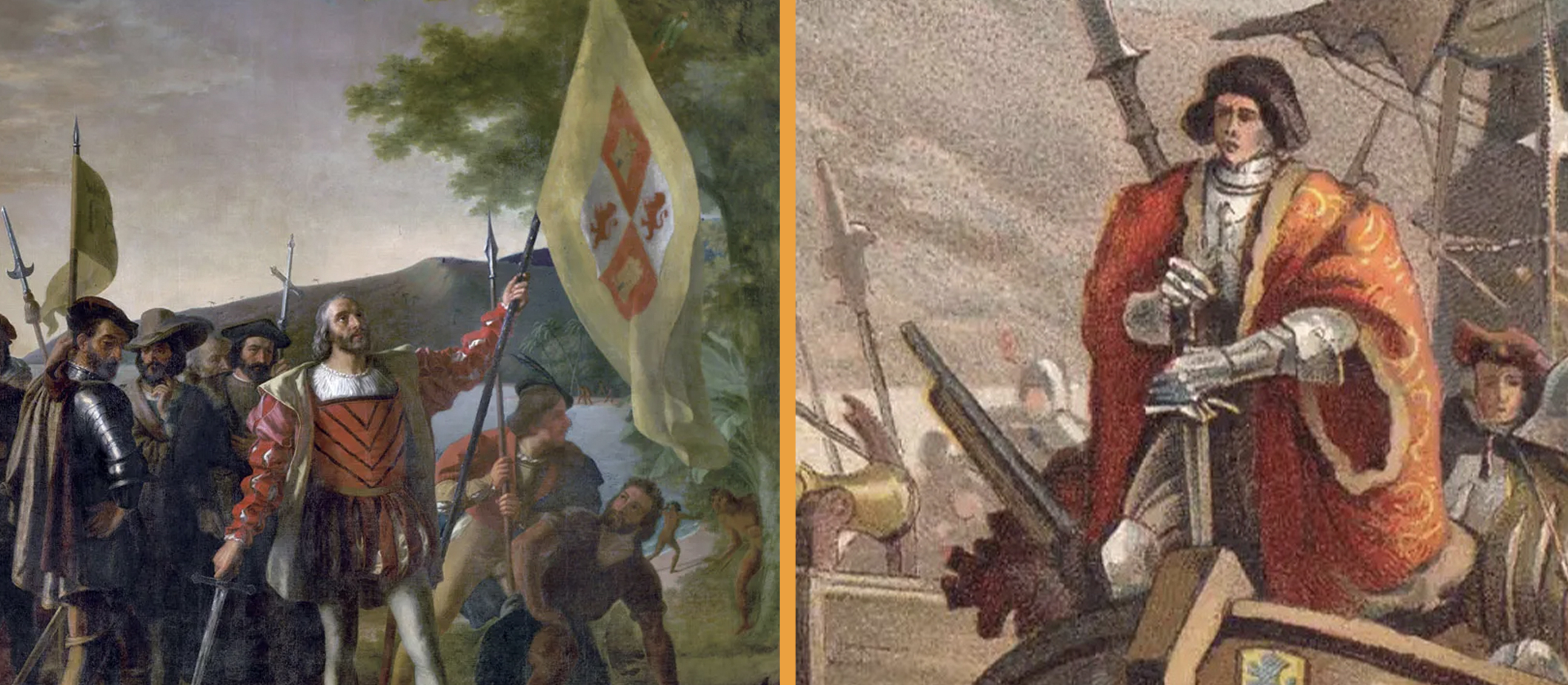
2. More Gold for Me
On the voyage west, Columbus told his crew that whoever spotted land first would be given a sum of gold. Well, when Rodrigo de Triana spotted the small island now known as San Salvador, Columbus didn’t honor his word. Instead, he claimed that he had actually seen a faint light in the distance first, but hadn’t said anything about it. Yeah, Chris, sure you did.
3. Angry God
You get it by now: Columbus was a jerk. But maybe his most successful feat of jerkdom was the time he intimidated the natives of Jamaica by correctly predicting a lunar eclipse. After he became stranded on the island, the indigenous people fed Columbus and his crew for six months before scaling back their supply. Columbus then consulted one of his texts, told the tribal leader that his God was angry with them, and used the eclipse (which he had just looked up in said text) to prove it. After the eclipse occurred, the native peoples commenced showering the Europeans with provisions.
4. Enough Of Your Nonsense
Spain was thrilled by Columbus’s land grab in the Caribbean, and in return allowed him to govern over the settlement of Santo Domingo. Bad idea. Columbus treated the settlement like his own little kingdom, hoarding profits and creating conflict. The Spanish crown eventually grew fed up and sent him back to Spain as a captive.
5. Leader of the Cult
One of the most famous missing explorers in South America, Percy Fawcett was a British Lieutenant Colonel who traveled extensively throughout the Jungles of South America before disappearing in Brazil in 1925 while looking for a mythical “city of gold” he called “Z". His disappearance led to wide-ranging speculation, more than a dozen expeditions on his behalf, and over 100 deaths. While there’s still no proof of what happened to Fawcett, it is now believed he actually went to Brazil to set up a cult community. His story was the basis for the movie The Lost City of Z, with Charlie Hunnam starring as Fawcett himself.
6. And Then There Were Four
During the Narváez expedition of 1527, Spanish explorers set out to establish colonies in Florida with a crew of 600 men. During the course of their journey, they were hit with two hurricanes, attacked by many of the indigenous groups they encountered, caught diseases, and suffered from starvation. After a year, there were only 80 men left, who were then taken as slaves by different American tribes. Eight years after the expedition set out, just four men managed to return to the Spanish colonies alive.
7. That’s What You Get
Maybe you just shouldn’t involve yourself in slave trading. After Gaspar Corte-Real, a Portuguese voyager, captured dozens of aboriginal people in Canada, he sent them back to Portugal as slaves on a ship led by his brother, Miguel. Gaspar (and his ship) then promptly disappeared. When Miguel came back to the New World in search of his brother, his ship soon vanished off the coastline of Canada, too. Poetic justice?
8. Delirium by Lead
Sir John Franklin and Francis Crozier were real-deal arctic explorers who vanished in search of the Northwest Passage. Investigations revealed that they had died under terrifying circumstances: After their vessels got stuck in ice during the winter, all of the their provisions, which were sealed with lead, were contaminated. After losing their minds from lead poisoning, most of the crew (Franklin among them) died, but Cozier might have been spotted among a group of native people attempting to lead a small party out of danger. Franklin and Crozier's bodies have never been found, but evidence suggests the crew may have resorted to cannibalism at some point to survive.
9. Search for Sovereignty
The Franklin expedition is seen as a vital part of nation-building in Canada, and the search effort for the expedition laid the foundation for a claim to sovereignty in what is now the Canadian Arctic.
10. Buried Alive
You would think lost explorers are a thing of the past, but that’s not so. Peng Jiamu was a famous Chinese adventurer who explored the deserts of China for three decades. In 1980, while in China's Lop Nor desert, one of the driest places on earth, he left his camp—where he was stationed with a team of biologists—one morning and never returned. There are many theories on what happened to him, as his remains have never been found. Many believe he was buried alive by a massive sandstorm, or perhaps crushed by an avalanche of soil.
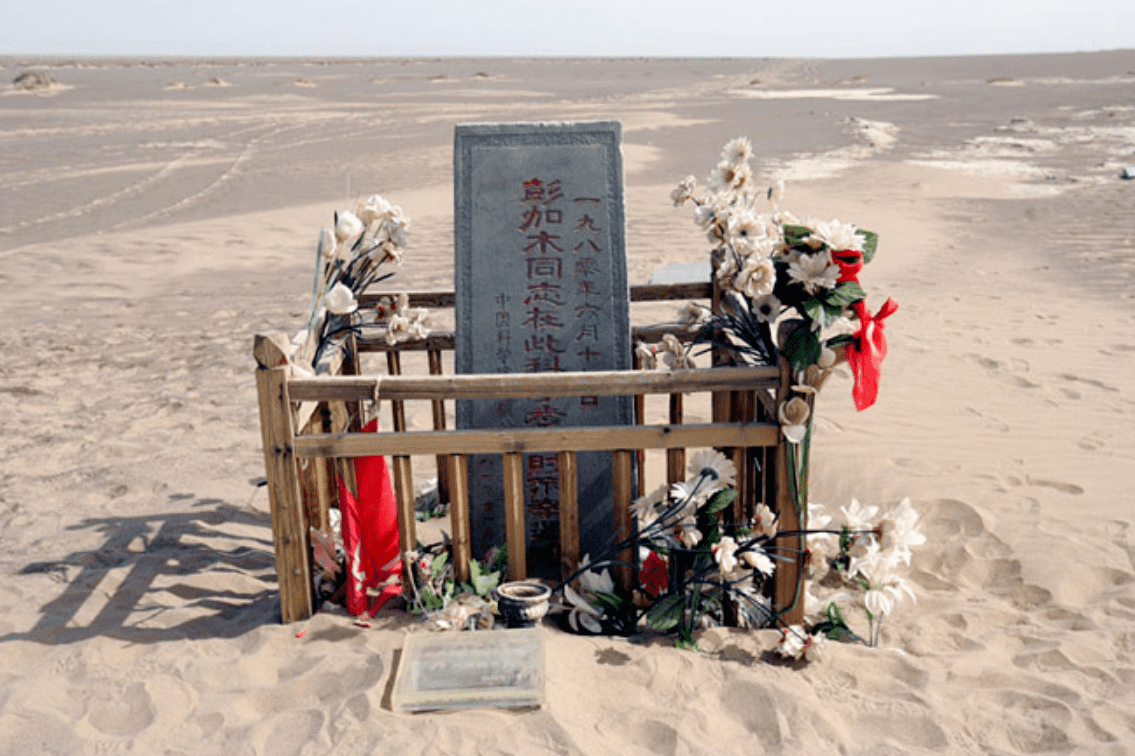 Wikimedia Commons, jun jin luo
Wikimedia Commons, jun jin luo
11. A Mission to Africa
In 1866, a Scottish missionary by the name of David Livingstone was so curious about the origins of the Nile River, he decided to check it out for himself. His intention was to end the East African Arab slave trade by becoming famous for his discovery and being able to influence the African world. Surprise! It wasn't a big success. During the expedition, he had his supplies stolen, and ended up having to provide entertainment for the local tribes just to eat.
12. Dr. Livingstone, I Presume
After rumors of a white man lost in the jungle surfaced, another explorer went in search of Livingstone. Henry Stanley found Livingstone, but Livingstone refused to leave until he finished his mission. That didn’t work out, and he soon died from malaria and dysentery, what I like to call the "diarrhea double whammy".
13. Respectful Legacy
Livingstone left a lasting legacy, which led to the era of Europe’s “Scramble for Africa". Having treated Africans with respect, Livingstone’s reputation helped open communication between Africans and the British, but over time the British exploited this, and set to colonizing Africa is a way that Livingstone would have found horrific.
14. Got a Beer?
The first pilgrims to arrive at the Plymouth Colony probably weren’t expecting to be greeted in English, but they were. Samoset was the first Native American to make contact with the pilgrims of the colony, and was able to communicate in English with them; he had begun learning the language from fishermen along the coast of Maine. His first request for the pilgrims was for a beer.
15. Shacking Up
During a trip to Antarctica, Ernest Shackleton and his crew aboard the ship Endurance got stuck in ice. They spent 9 months stuck before the ship started sinking, whereupon they camped on ice floes (eventually on one permanent ice floe) hoping to float to safety. When the ice floe subsequently split, they resorted to their lifeboats, spending five days at sea before landing on Elephant Island, which was a staggering 346 miles from the now-sunken Endurance. Endurance, indeed.
16. Nasty Penguins
After being locked away for over a century, the findings of explorer George Murray Levick were finally published in 2012. What kept them hidden from the public all these years? Well, his observations of Antarctic penguins engaging in necrophilia.
17. Leif the Newfie
Evidence now substantiates the claims that the Vikings reached the Americas before other European expeditions. Remains of Vikings have been found on the land they called Vinland, today known as Newfoundland, Canada.
18. Diving Into the Abyss
A founder of ecology, oceanography, and modern conservation efforts, William Beebe was one of the first people to look at deep sea creatures in their natural habitat. To do so, he used a Bathysphere, a spherical hunk of metal that was lowered into the ocean, with Beebe inside, so that he could perform his observations.
19. We’ll Take That
We all know of Lewis and Clark and their expeditions west, but what exactly was their purpose? Well, in the early 19th century, the British wanted to mark the territory along the Pacific Coast as their own, so Jefferson sent Lewis and Clark out to claim it for the United States before the British could get their hands on it.
20. Wanted by The Spaniards
The Lewis and Clark expedition was also a mission to study the water flow paths into the Pacific Ocean. The Spanish were nervous about American success, as they owned land around the territory that was rich in gold. The Spanish even sent out a (failed) convoy to arrest the explorers.
21. Rock the Vote
Clarke figured out a way to make things a bit easier for him and his crew—bring a slave along. Of course! Why do physical work when you can simply subordinate another human being? Well, York was the name of the man, and he became a valued member of the expedition due to his hunting skills. While the group was deciding where to place their winter encampment in 1805, York and Sacagawea were both allowed to vote on the issue, marking what some historians have speculated is the first time an African-American and a woman were given a vote in American History.
22. Gotta Do What You’ve Gotta Do
While trapped in a blizzard during an Arctic expedition, Danish explorer Peter Freuchen was forced to make a chisel out of his own excrement and use it to cut off his horribly frostbitten toes. Thankfully the desperate measures worked: Freuchen survived the ordeal and made it back to safety.



